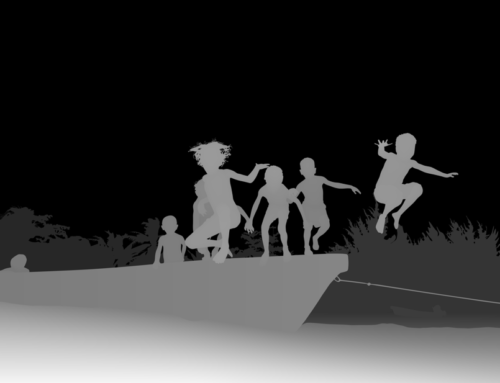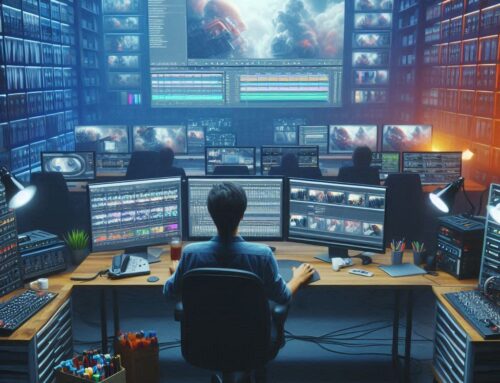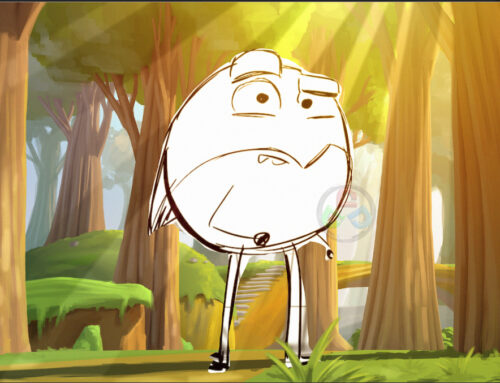The Transformative Power of Medical Animation

Introduction:
In the intersection of science and art, medical animation emerges as a dynamic and transformative tool, illuminating the intricacies of the human body and medical processes. This blog embarks on a journey through the realm of medical animation, exploring its applications, significance, and the profound impact it has on scientific communication and education.
Defining Medical Animation:
Medical animation involves the use of 3D animation and visualization techniques to depict complex biological processes, medical procedures, and anatomical structures. It serves as a bridge between the intricate world of science and the visual language that facilitates comprehension and engagement.
Applications of Medical Animation:
Educational Purposes:
– Student Learning: Animation provides a dynamic and interactive tool for students to grasp complex biological concepts, offering a visual representation that enhances understanding.
– Patient Education: It aids healthcare professionals in explaining medical conditions and treatment options to patients, promoting informed decision-making.
Scientific Communication:
– Research Visualization: Researchers use Med Animations to visualize and communicate their findings, offering a compelling and accessible way to share complex data.
– Conference Presentations: It enhance presentations at scientific conferences, making research more engaging and accessible to a diverse audience.
Medical Training:
– Surgical Simulations: Medical animations simulate surgical procedures, providing trainee surgeons with a realistic and risk-free environment to practice and refine their skills.
– Device Demonstrations: Animations are used to demonstrate the functionality of medical devices, aiding in training for healthcare professionals.
Creating Medical Animations:
Scripting and Storyboarding:
– Scientific Accuracy: The process begins with in-depth research to ensure scientific accuracy. A script outlines the key concepts, and storyboarding helps plan the visual narrative.
3D Modeling and Animation:
– Anatomical Accuracy: Skilled 3D artists create accurate models of anatomical structures or medical processes. Visual techniques bring these models to life, capturing realistic movements and interactions.
Rendering and Post-Production:
– Visual Enhancement: Rendering transforms the 3D models into high-quality visuals. Post-production involves adding details, refining animations, and incorporating visual effects for enhanced clarity and impact.
Advantages of Medical Animation:
Visualization of Microscopic Processes:
– Cellular Processes: Medical animation can visualize microscopic processes, such as cellular interactions, molecular mechanisms, and physiological responses, providing insights that go beyond traditional imaging techniques.
Dynamic Presentation of Dynamic Processes:
– Physiological Functions: Animated depictions of physiological functions, like the pumping of the heart or the workings of the respiratory system, offer a dynamic and comprehensive understanding of complex processes.
Tailored Educational Content:
– Personalized Learning: Medical animations can be tailored to specific educational needs, accommodating different learning styles and levels of expertise, making them an effective tool for diverse audiences.
Real-World Examples:
Pharmaceutical Demonstrations:
– Drug Mechanisms: Animations are used to illustrate how pharmaceutical drugs interact with biological targets at a molecular level, aiding in the understanding of drug mechanisms.
Patient Education in Healthcare:
– Surgical Procedures: Medical animations are employed to educate patients about upcoming surgeries, providing a visual guide to enhance comprehension and alleviate anxiety.
Scientific Discovery and Communication:
– Cellular Research: Animations depicting cellular processes contribute to the communication of groundbreaking scientific discoveries, fostering collaboration and understanding within the scientific community.
Future Trends in Medical Animation:
As technology advances, the future of medical animation holds exciting possibilities, including real-time interactive animations, virtual reality experiences, and even more personalized educational content tailored to individual learning preferences.
Conclusion:
Medical animation stands as a testament to the powerful synergy between science and visual storytelling. By translating complex scientific concepts into engaging and accessible visuals, medical animation empowers educators, researchers, and healthcare professionals to communicate, educate, and innovate. As the field continues to evolve, the role of medical animation in shaping our understanding of the human body and medical advancements is destined to grow, further bridging the gap between scientific discovery and public awareness.





